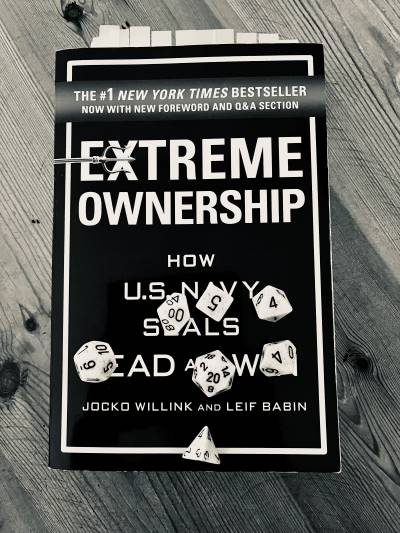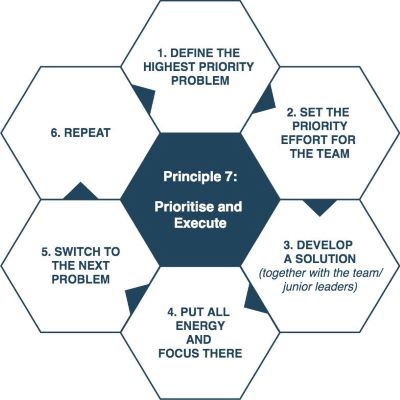Leadership lessons can often come from unexpected sources. If you’ve been reading this blog you know that I enjoy tapping the source that lies within fantasy role-playing games like Dungeons & Dragons (D&D). Amidst the myriad of creatures that populate its fantastical world, the Gelatinous Cube stands out as an unlikely yet intriguing teacher of leadership principles. Though it may seem bizarre at first glance, delving deeper into the traits and behaviors of this peculiar entity reveals valuable insights into effective leadership. Let’s explore some of these lessons gleaned from the Gelatinous Cube.
What is a Gelatinous Cube?
For those readers not versed in D&D lore a Gelatinous Cube is exactly what it sounds like. It appears as a large, semi-transparent cube composed of a jelly-like substance, typically about 10 feet on each side. Despite its gelatinous appearance, it’s a deadly predator, capable of engulfing and digesting anything organic that it comes into contact with. In fact, legend has it that they were made to keep dungeons clean…
These creatures are notorious for their ability to blend into their surroundings, often lurking in dimly lit corridors or caverns, waiting to ambush unsuspecting adventurers. Encounters with Gelatinous Cubes can be perilous, as their acidic composition can quickly dissolve flesh and equipment, leaving little behind. They are depicted as mindless creatures, driven solely by their instinct to consume anything that crosses their path. Adventurers must exercise caution and ingenuity to avoid falling victim to these dangerous creatures.
Lesson 1: Adaptability
One of the most striking characteristics of the Gelatinous Cube is its remarkable adaptability. This amorphous creature is capable of squeezing through the narrowest of passages and adjusting its form to fit the environment it finds itself in.
In leadership, adaptability is equally crucial. Effective leaders must be able to navigate through various challenges and changing circumstances, adjusting their strategies and approaches accordingly. Situational leadership tells us that we need to deploy different styles for different circumstances. Like the Gelatinous Cube, leaders should be flexible enough to mold themselves to the situation at hand while maintaining their core values and objectives.
Lesson 2: Transparency
Due to its transparent appearance, the Gelatinous Cube is often unseen until it’s too late. Adventurers lose hit points and equipment to this creature before they know what’s hit them.
This element of surprise underscores the importance of transparency in leadership. Leaders who are transparent in their actions and communications build trust and credibility among their followers. Just as the Gelatinous Cube’s transparency can be deceiving, leaders who lack transparency risk alienating their teams and creating an atmosphere of suspicion and uncertainty.

Lesson 3: Consistency
While the Gelatinous Cube may seem like a mindless predator, it exhibits a consistent behavior pattern in its quest for sustenance. It will continue it’s movement around the dungeon, keeping it clean for the mad wizard in control.
This consistency underscores the importance of reliability in leadership. Effective leaders are consistent in their decision-making, communication, and actions, providing stability and predictability for their teams. By establishing clear expectations and sticking to them, leaders can foster a sense of trust and dependability among their followers.
Lesson 4: Unity in Diversity
In D&D lore, Gelatinous Cubes are often found in dungeons alongside a diverse array of creatures (whether or not this makes ecological sense is debatable). Despite their solitary nature, these cubes coexist with other inhabitants of the dungeons, each fulfilling its role in the ecosystem.
This teaches us the importance of embracing diversity and fostering collaboration in leadership. Successful leaders recognize the value of diverse perspectives and talents, leveraging them to achieve common goals. By promoting inclusivity and teamwork, leaders can harness the collective strength of their teams and overcome challenges more effectively.
Lesson 5: Resilience
Gelatinous Cubes are notoriously difficult to defeat, possessing a formidable resilience that allows them to endure even the most punishing attacks. Many a foolhardy adventurer has learn their lesson underestimating these creatures.
This attribute serves as a reminder of the importance of perseverance and resilience in leadership. Leaders inevitably face setbacks and obstacles along the way, but it is their ability to bounce back from adversity that sets them apart. By maintaining a resilient mindset and inspiring resilience in others, leaders can navigate through challenges with confidence and determination.
Final Thoughts on the Gelatinous Cube
While the Gelatinous Cube may seem like an unlikely teacher of leadership, its unique traits and behaviors offer valuable insights for aspiring leaders. From adaptability and transparency to consistency, unity in diversity, and resilience, there are numerous lessons to be gleaned from this enigmatic creature. By embracing these principles, leaders can cultivate more effective and impactful leadership styles. So, the next time you encounter a Gelatinous Cube in your D&D campaign, remember to look beyond its disgustingly gelatinous exterior and uncover the hidden leadership wisdom it holds.



